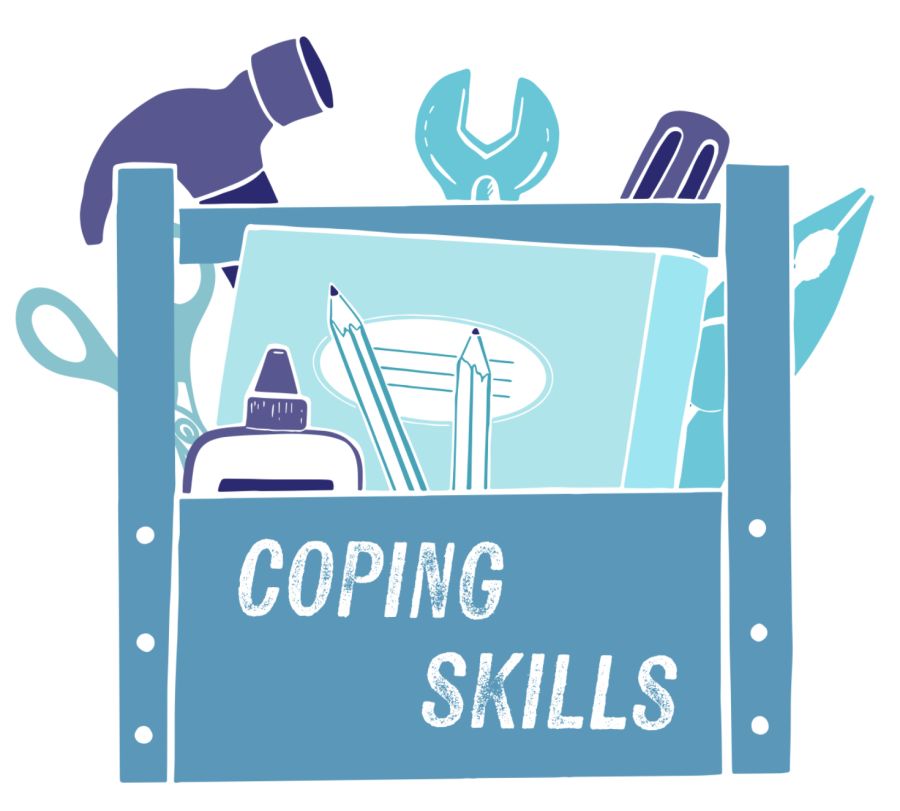
Directions and the Neurodivergent Brain
The neurodivergent brain is a beautiful thing full of contradictions and curiosities. Each neurotype takes in and processes information differently. Which means when giving or receiving directions, things can get misinterpreted and lead to problems down the road. For example, if you tell a group of neurodivergent people that they need to make the bed, you will get a variety of responses. Some will go and make their bed right away, some will acknowledge your direction and plan to do it later, others still will have every intention to do it later but then completely forget. Not to mention the flurry of questions you may receive such as “Which bed?” “Why?” “Do I have to do that right now?” “Is there a specific way I should make the bed?” and so on. All this can leave your head spinning. Here are some tips to help ensure all directions are understood and can be followed without (too many) complications.
First, be specific with your words. Don’t just say, “Can you make THE bed?” , instead specify which bed by saying “Can you make YOUR bed?”. Then, it is important to establish any and all expectations you may have. It is best to live by the saying - What is left unsaid, is left unknown. Don't assume anything is already known. Whether you want it done as soon as possible or just done by the end of the day, be sure to make that clear. You can’t be mad if they planned to make the bed tomorrow, after all you never said it had to be done today. Neurodivergent brains often see multiple solutions to a problem. If you want to ensure things are done a specific way, or by a specific time, you need to communicate those desires clearly.
If you are giving directions verbally, make sure you are making eye contact. It is also good to write things down or encourage them to write the directions down. You can also ask them to repeat the directions back to you. However keep in mind that some brains are out of sight out of mind. (And what is “in” sight might look more like tunnel vision than a wide eyed view) This is why it is important to ask the person you are directing what they can do to help ensure they don’t forget. Maybe they set an alarm (or ten). Maybe they ask you to remind them in an hour. Whatever it is, try to be as supportive as possible.
Another way to ensure directions are followed is to offer to be a body double. That means instead of saying “Can you make your bed now?”, try saying “Why don’t we go and make our beds?” By offering to do the same or a simpler task at the same time, you add motivation and reduce the stress of having to do it all on their own.
Another way to avoid overwhelm and maintain motivation is to space out instructions. Instead of listing all the things they need to do to clean their room at one time, start with one or two things and add the rest as they finish the first ones. You can say “It would be a big help if you could clean your room. I know that is a big task. Let's just do it step by step. Why don’t you make your bed first. Let me know when you finish and I'll help you figure out what to do next”. When they are done making their bed be sure to acknowledge their work before introducing a new task. You could say something like “You did a great job making your bed. Do you want to put your toys away or hang up your clothing next?” By giving options you give them some control over the situation and help maintain their motivation by allowing them to pick the more appealing task.
Whether you are giving or receiving directions, don’t shy away from asking questions, being direct and offering help. Remember what is left unsaid is left unknown.
Annalyse Tanzos
Related Articles That Might
Interest You

Neurodivergent Special Interest

Coping Skill( CBT techniques and DBT techniques)
